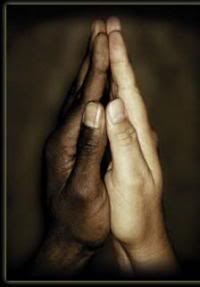The word is out: Diversity is in.

Big brands have woken up to the realization … that young Americans across the board value diversity.
To steal a line from one of the best songs ever written, it’s been a long time coming — but a change has finally come to advertising. While the country generally has grown more socially liberal, advertising has lagged behind. According to a recent Ad Age article, advertising has proved to be the last frontier when it comes to reflecting societal changes. Let’s face it — pop culture typically sets the trends; advertisers follow. Why are we afraid to take a risk? It’s pretty simple — no one wants to hear negative feedback about a campaign. Speaking to where the public already is rather than leading them in a different direction has been the norm.
Until recently, that is.
U.S. Census data from 2010 shows that the number of same-sex couple households in the United States increased by 9% from 2000. Seventeen states — including Delaware — now give same-sex couples the freedom to marry. Also, one in 10 opposite-sex couples are interracial — a 28% increase from 2000.
That could help to explain why mass marketers are starting to become more inclusive, especially in the past few months.
Witness Chevy’s bold decision to change the “business as usual” mindset during the Winter Olympics. According to the Ad Age article, the company recognized that its “Find New Roads” campaign had the potential to upset some people, but also recognized the need to “reaffirm that Chevy is a new company with a new way of thinking … an acknowledgement that America has changed.” The Olympics spots featured quick shots of many different families, including a gay couple with a son and daughter as well as interracial couples. One spot showed a gay couple getting married.
Coke ran a very moving spot during the Super Bowl highlighting diverse faces singing “America the Beautiful” in different languages. The spot raised the ire of some on the far right, but it was right on target. America is a country of many faces and backgrounds — and it’s about time that came to light in our advertising.
Honey Maid recently broke a new “This is wholesome” campaign featuring gay and interracial couples as well as a single father. You wouldn’t typically equate a graham cracker with diversity, but the company says it recognizes change is happening, from the way families look to the way they’re portrayed in the media. When it experienced social media backlash, the company responded by turning a negative into a positive with this video.
Diversity in advertising isn’t all brand-new. Companies like Ikea, Absolut and United Colors of Bennetton were taking risks with their advertising years ago.
But as the Ad Age story points out, the difference now is scale. “Big brands have woken up to the realization … that young Americans across the board value diversity and organizations or brands that explicitly affirm their acceptance of diversity,” according to David Rogers, professor of digital marketing at Columbia University’s business school.
It’s about time.
Sign up to receive our industry trends newsletter:
